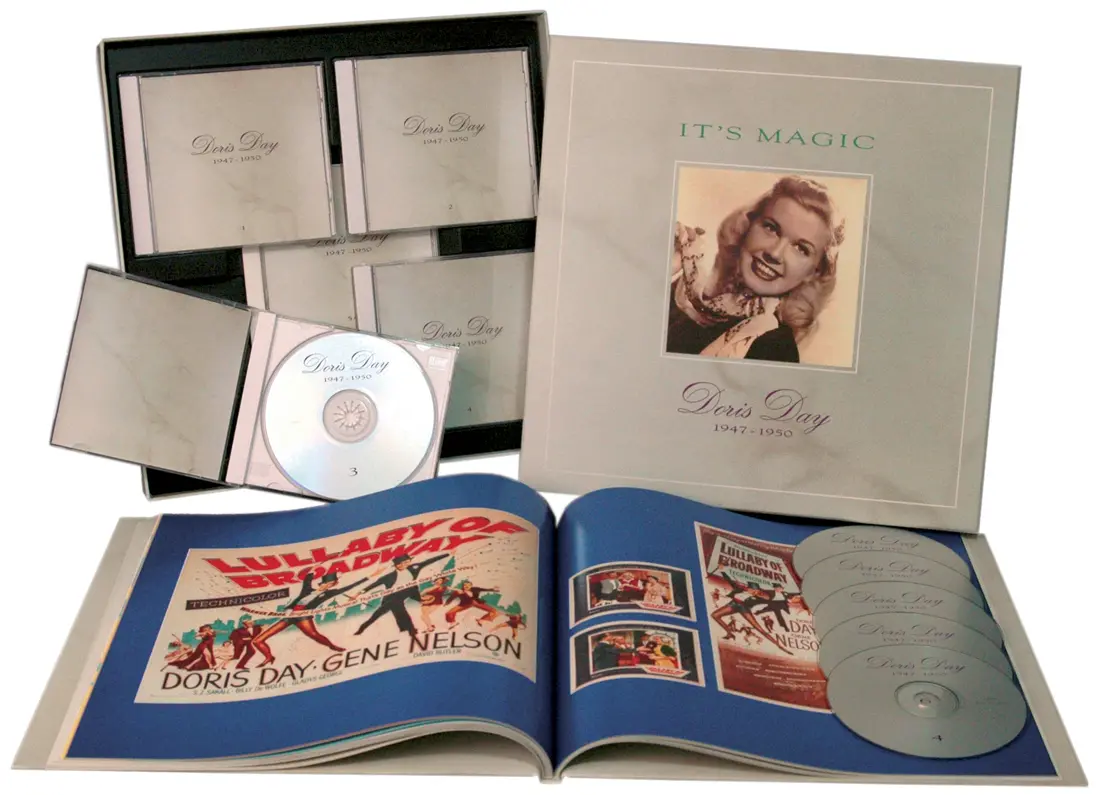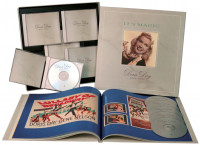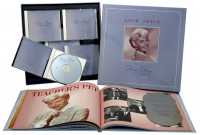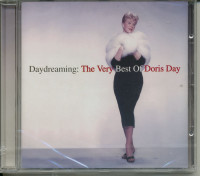Doris Day The Christmas Album (CD)

- catalog number: CDPWKS4034
- weight in Kg 0.1
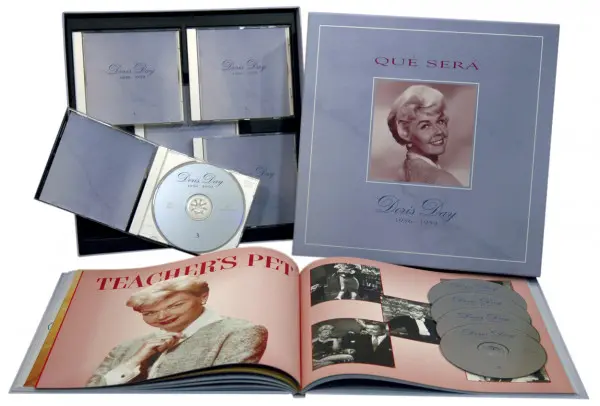
the very last 2 available
Ready to ship today, delivery time** appr. 1-3 workdays

Ready to ship today, delivery time** appr. 1-3 workdays

Ready to ship today, delivery time** appr. 1-3 workdays

Item has to be restocked
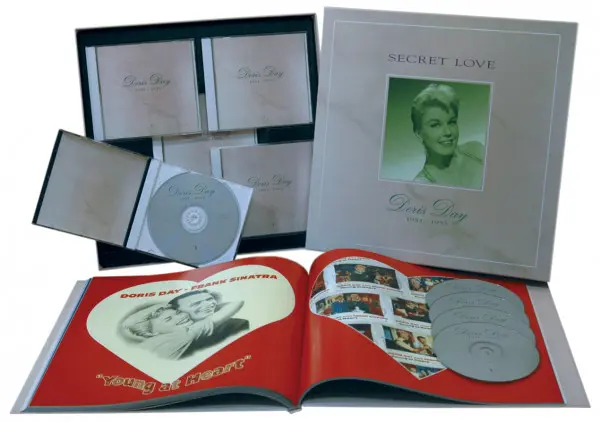
Ready to ship today, delivery time** appr. 1-3 workdays




